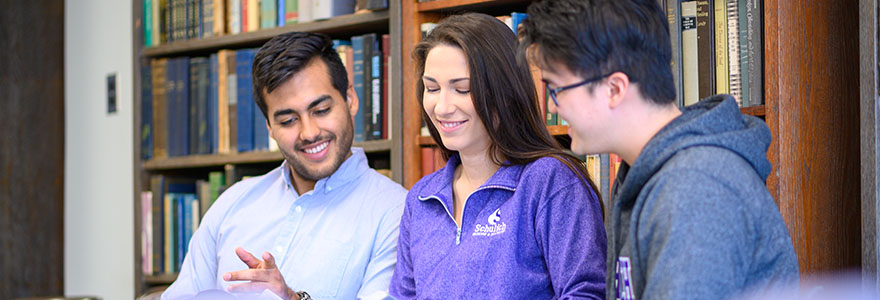Education
Contact Us
Program Director, Dr. Rachel Reardon
Vanessa Cullen, Program Administrator
Email: Program.Admin@sjhc.london.on.ca
Undergraduate
Undergraduate MSK Medicine
Our department is heavily involved in the undergraduate Musculoskeletal Medicine course, including Clinical Methods. The Musculoskeletal course involves relevant aspects of Rheumatology, Orthopedics, Physiatry, Pediatrics, Pathology, biomechanics, exercise physiology, and nerve injuries, with an appropriately large emphasis on clinical anatomy. Our department members teach didactic lectures, create numerous asynchronous modules, design curriculum, and assessment items, facilitate anatomy dissection labs, and host small group teaching sessions.
We also provide teaching within the Neurology block in physiatry related topics such as traumatic brain injury, stroke, and spinal cord injury.
Optional Clinical Learning Opportunity (OCLO)
Please visit OCLO page for details on how to book an OCLO
Clinical Methods
Clinical Methods involves the education of the entire second year medical school class. Our focus is to teach and solidify an approach to the physical exam of the musculoskeletal system. It also teaches students a clinical and radiologic approach to the musculoskeletal system.
Schulich Clerkship and Fourth Year Electives
In the third and fourth year, we work with selective and elective students for 2-week rotations. These include outpatient experiences for the students over a wide range of specialty and sub-specialty areas of physiatry including stroke rehabilitation, brain injury rehabilitation, spinal cord injury rehabilitation, musculoskeletal medicine, amputee rehabilitation, sports injury and rehabilitation, transition with childhood disabilities and electromyography. There may also be inpatient opportunities available. We also provide didactic lectures in the third year during the core medicine rotation on physiatry relevant topics with an emphasis on deconditioning and the impact of immobility.
For clerkships or electives requests please email the Program Assistant. If space is available, you will be scheduled or alternative dates can be provided. We do our best to accommodate your requests, please connect with us early to reserve your spot.
Visiting Medical Student Electives
For general information and registration, please visit our Visiting Student Electives page on the Undergraduate Medical Education website for application information.
If you are interested in a Visiting Elective but are unable to obtain one through the portal please email the Program Assistant for potential options.
These electives are similar to the electives offered to Schulich students. They include outpatient experiences for the students over a wide range of specialty and sub-specialty areas of physiatry including stroke rehabilitation, brain injury rehabilitation, spinal cord injury rehabilitation, musculoskeletal medicine, amputee rehabilitation, sports injury and rehabilitation, transition with childhood disabilities and electromyography. There may also be inpatient opportunities available.









